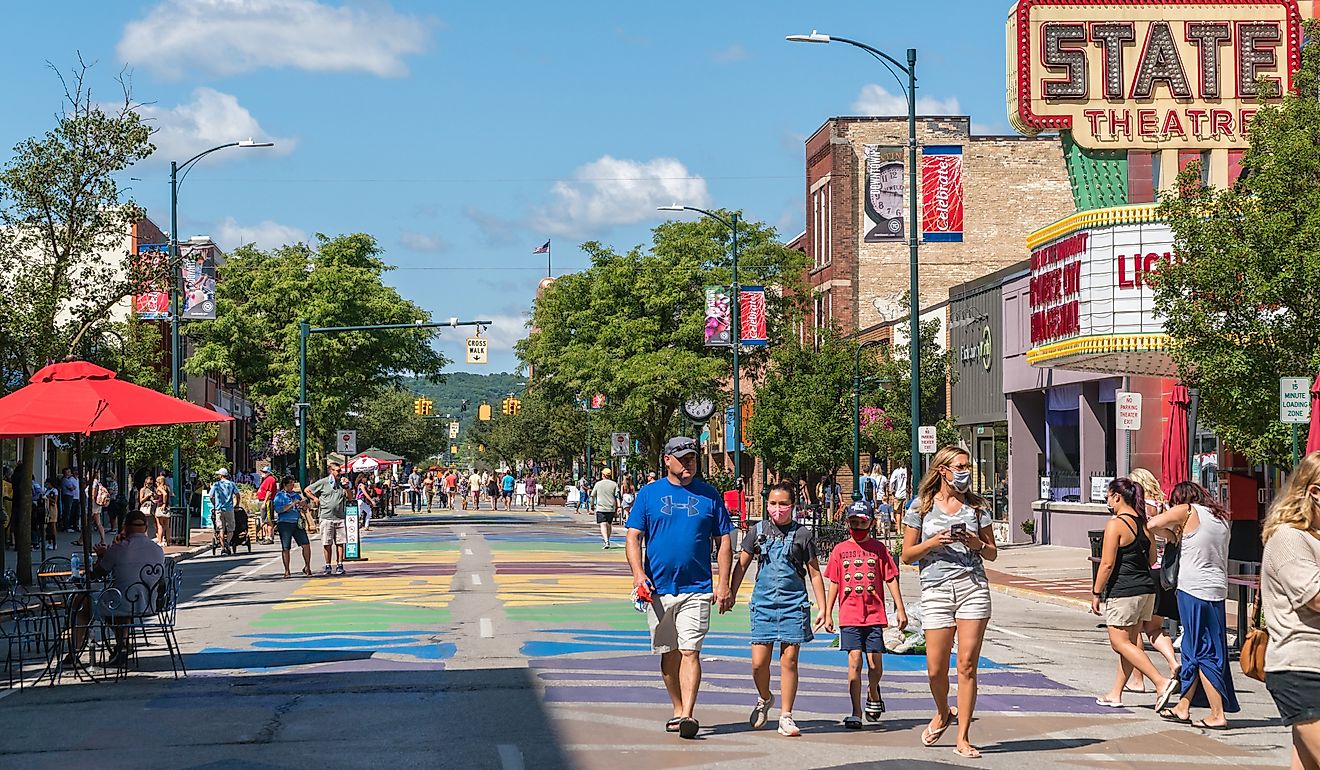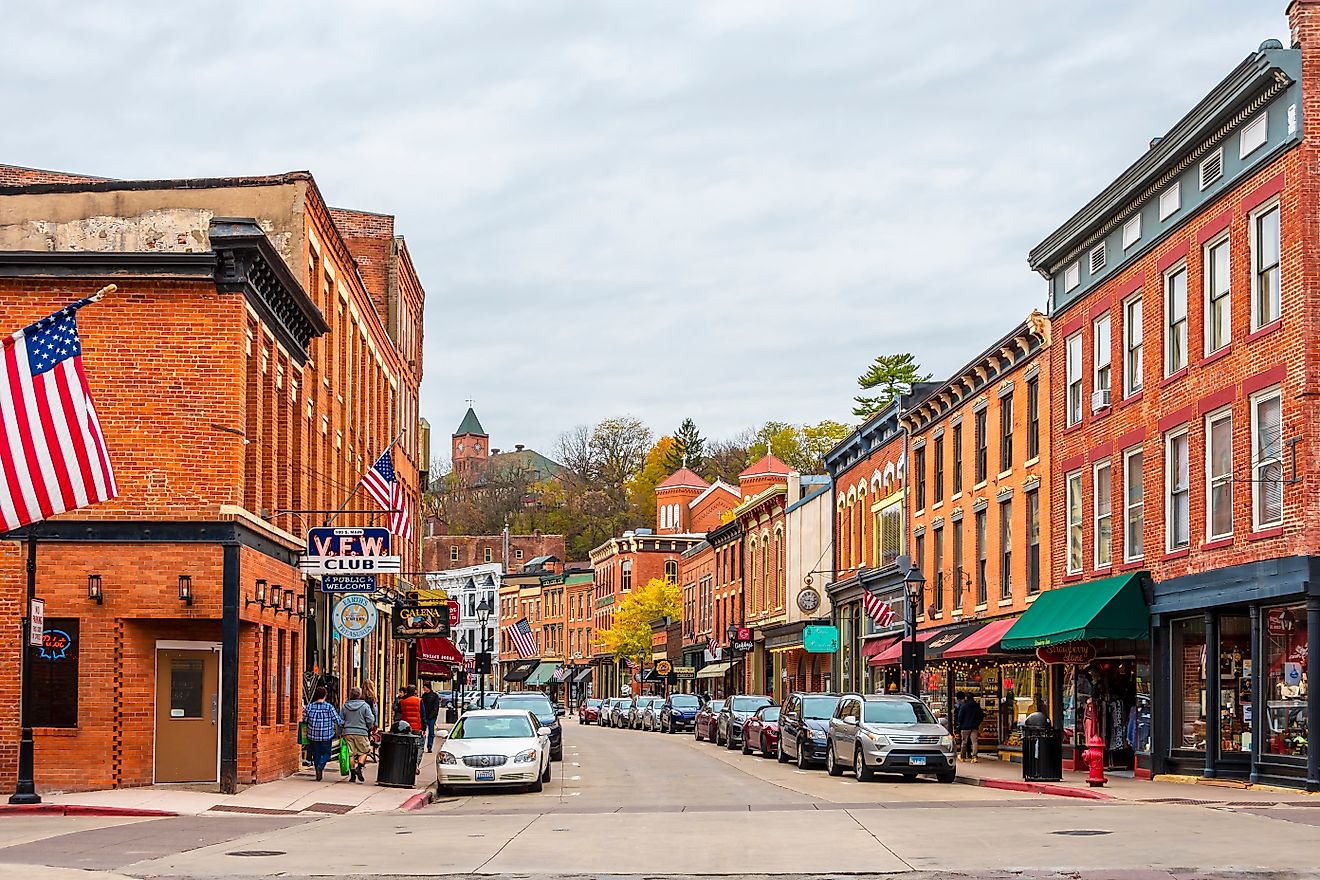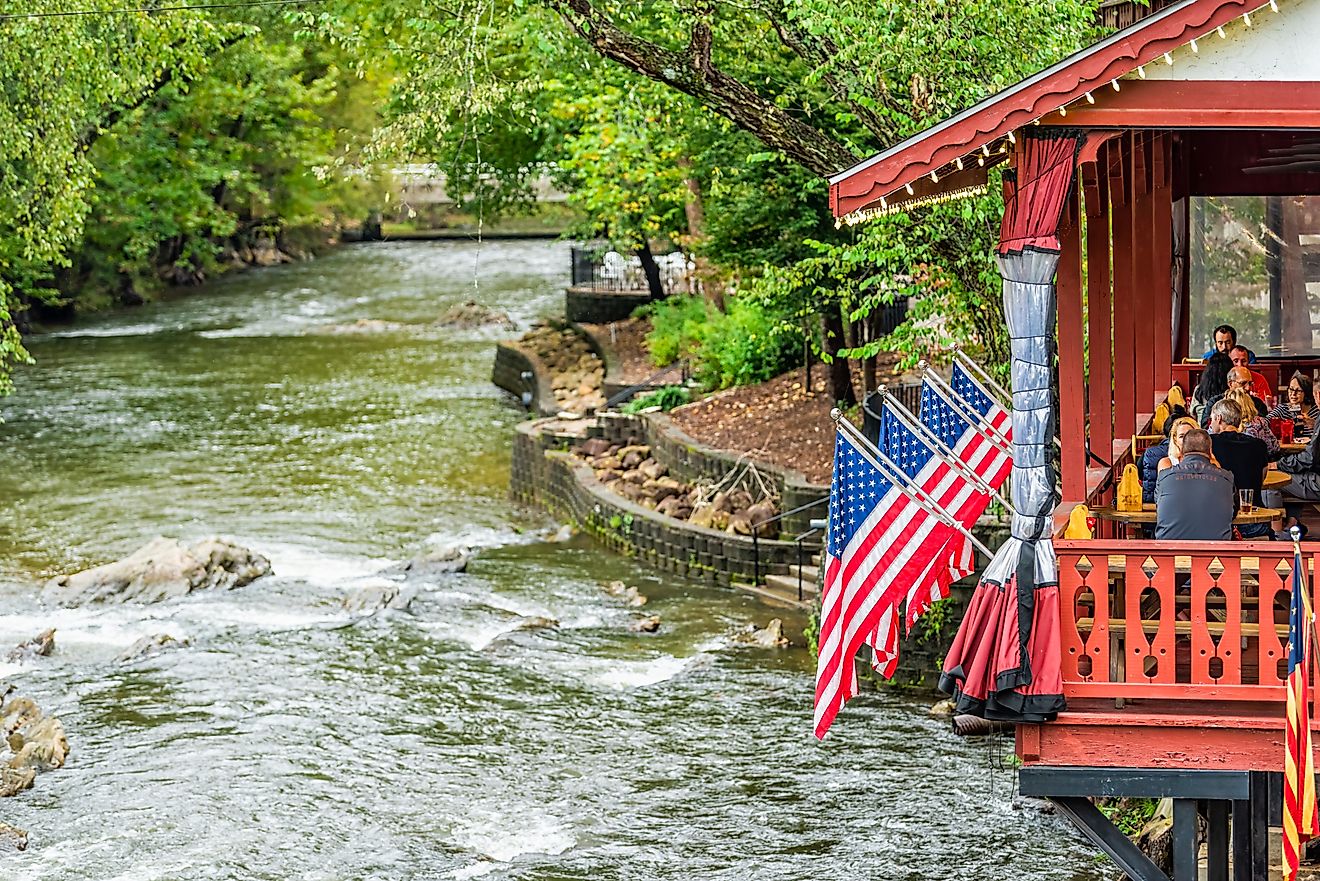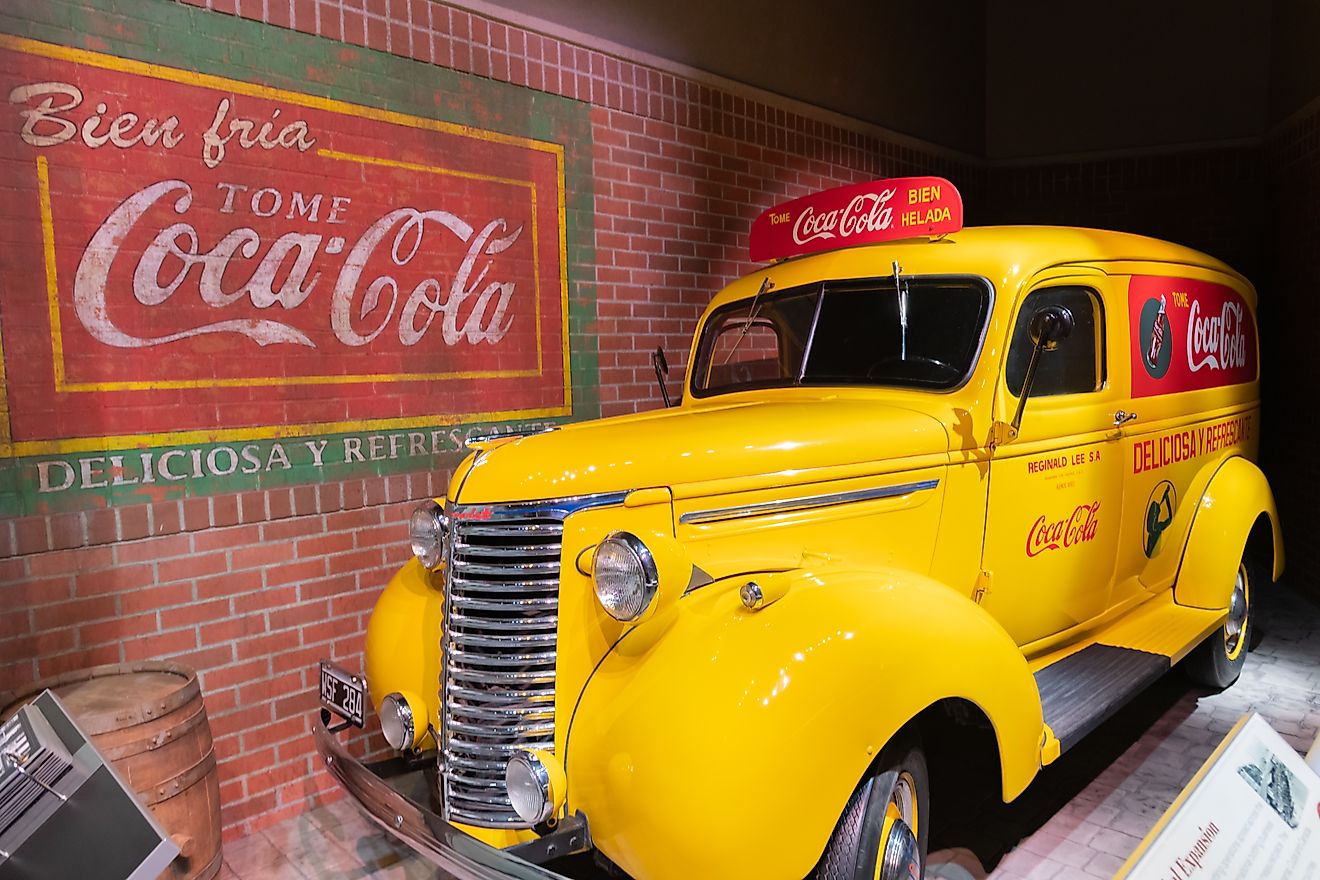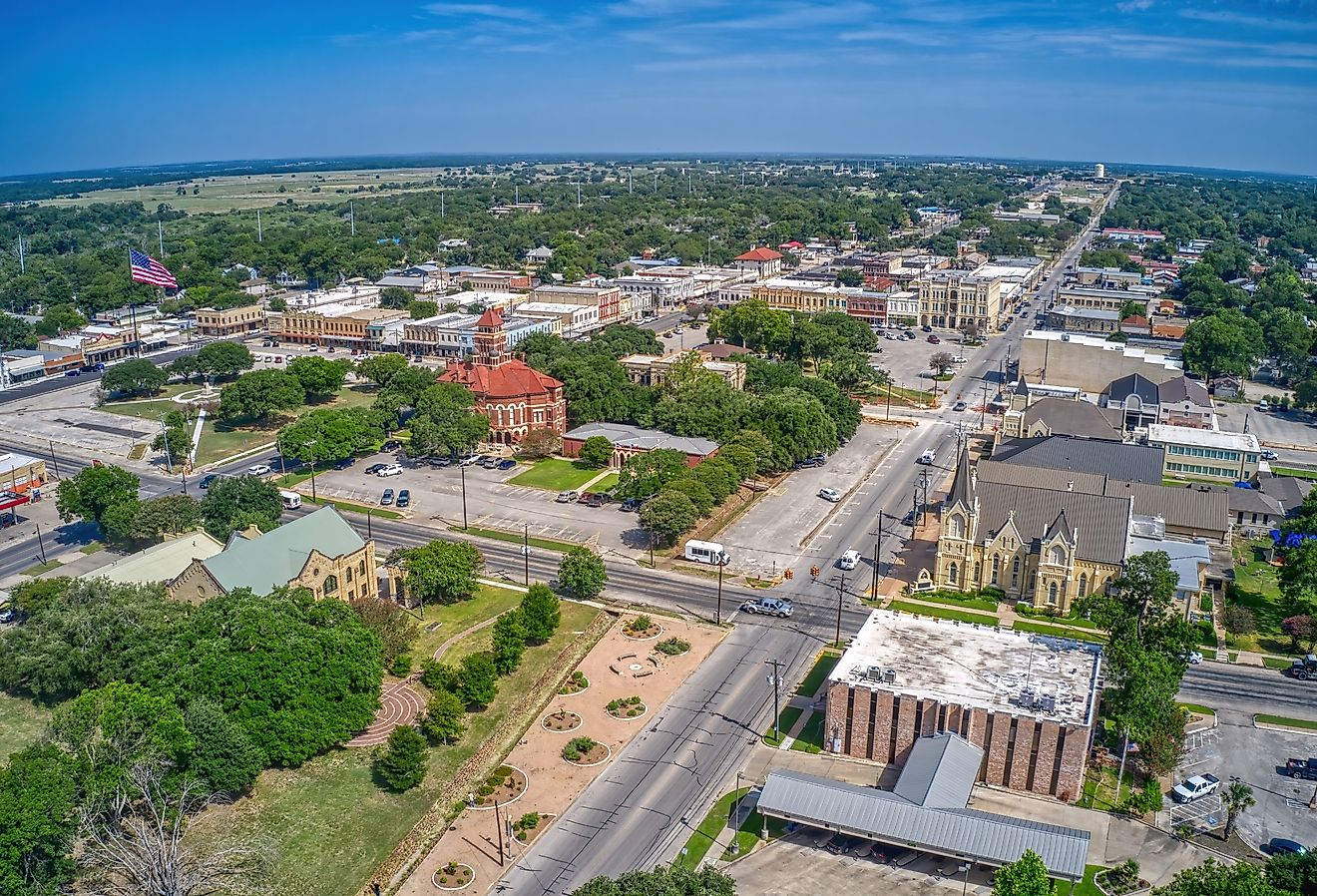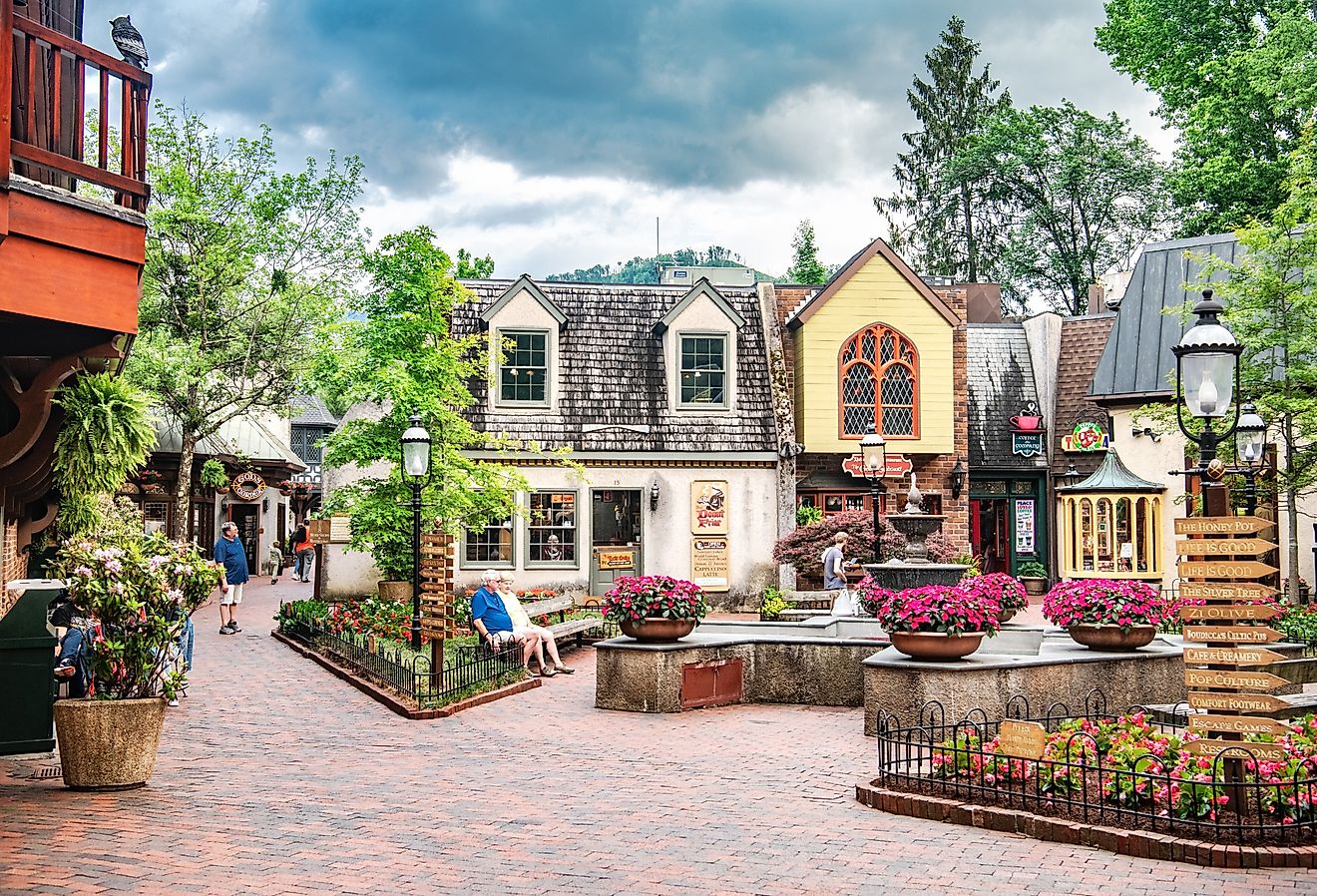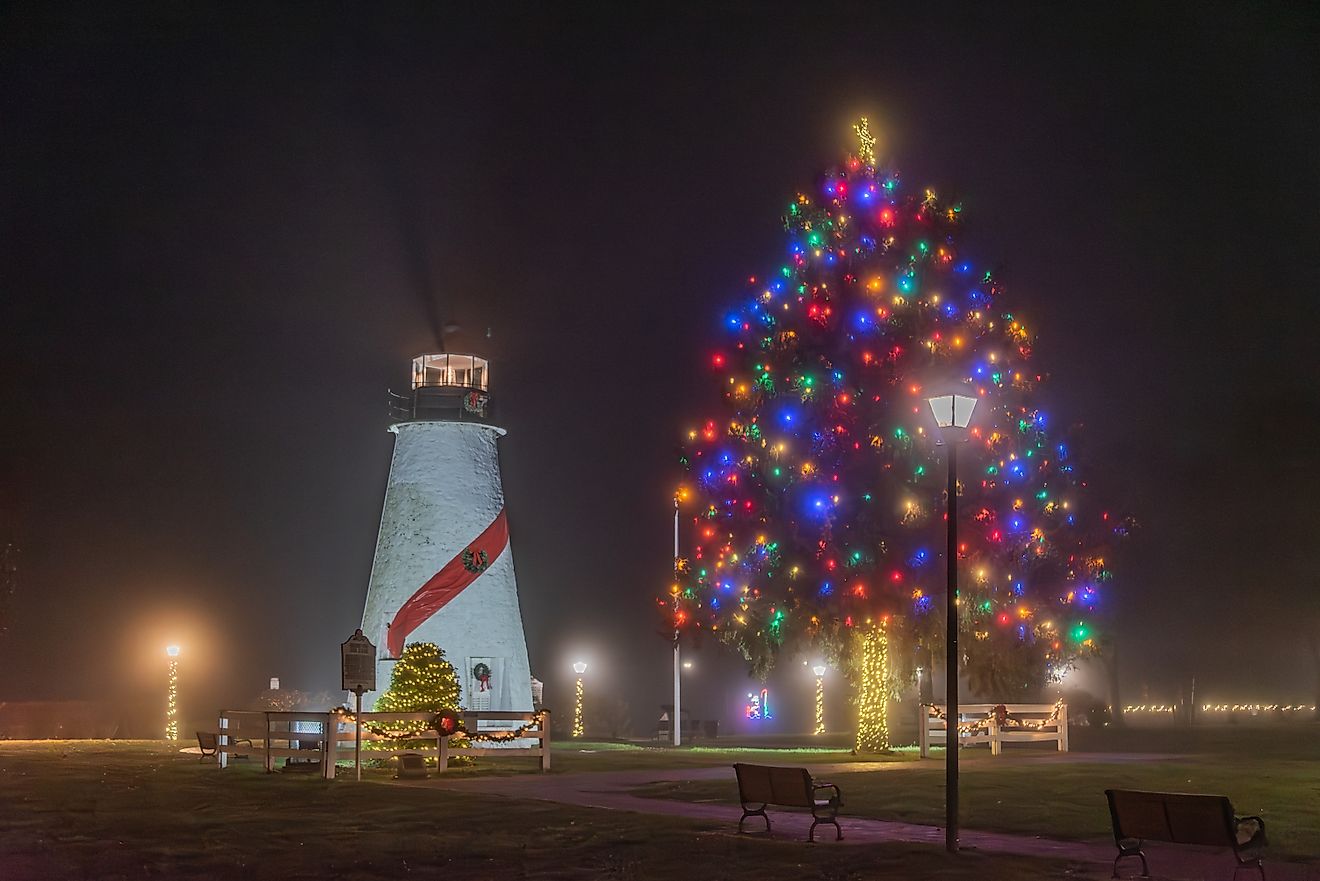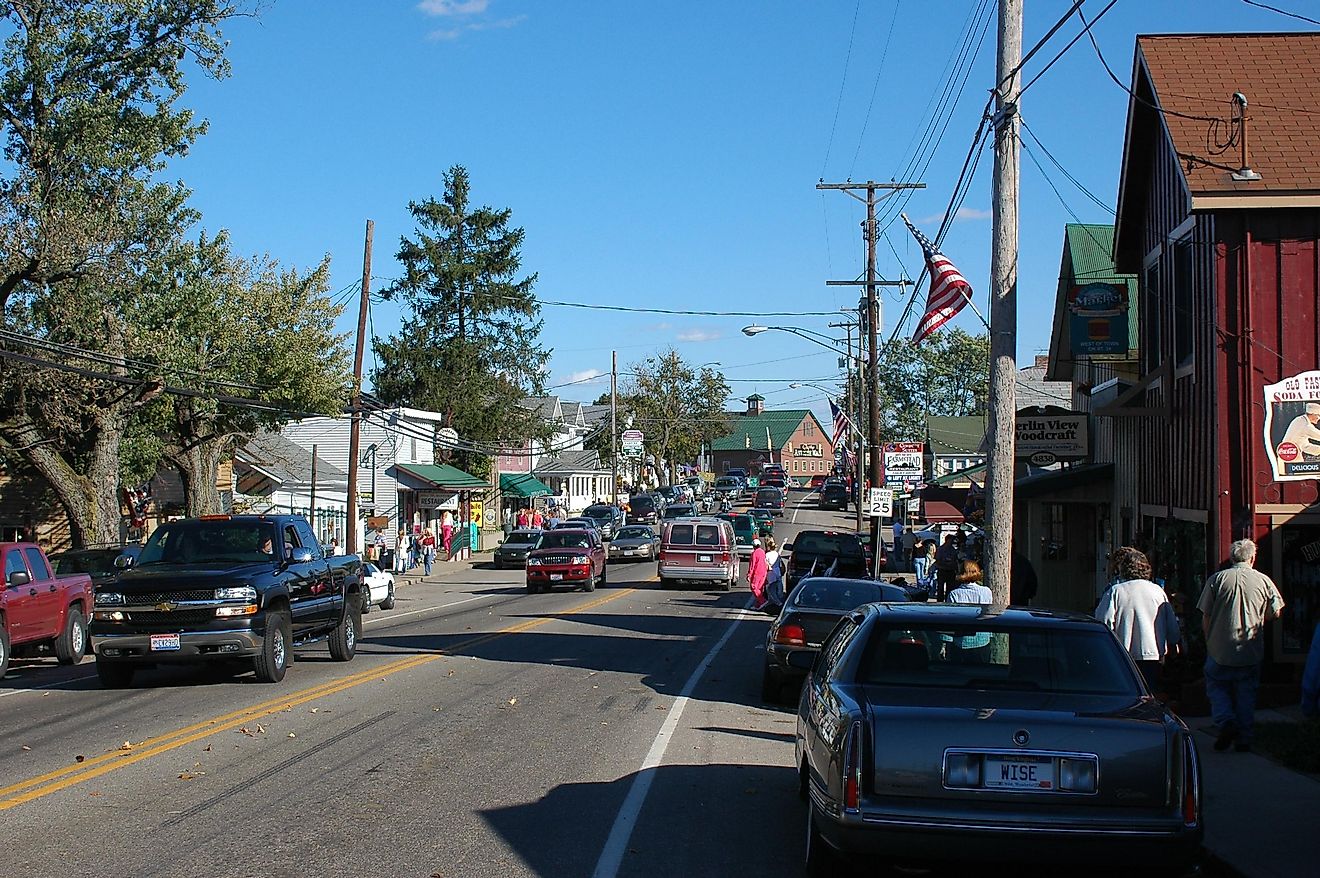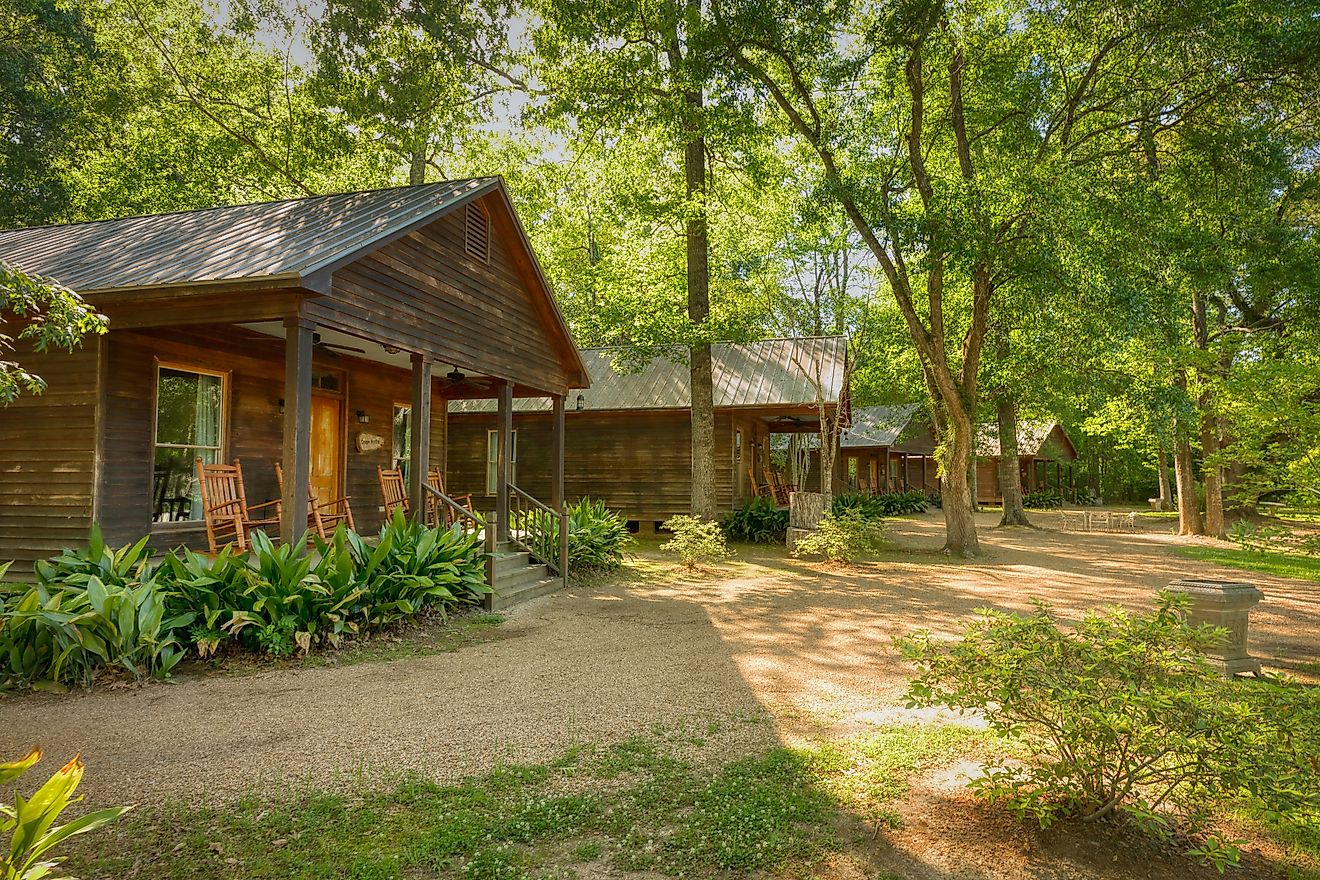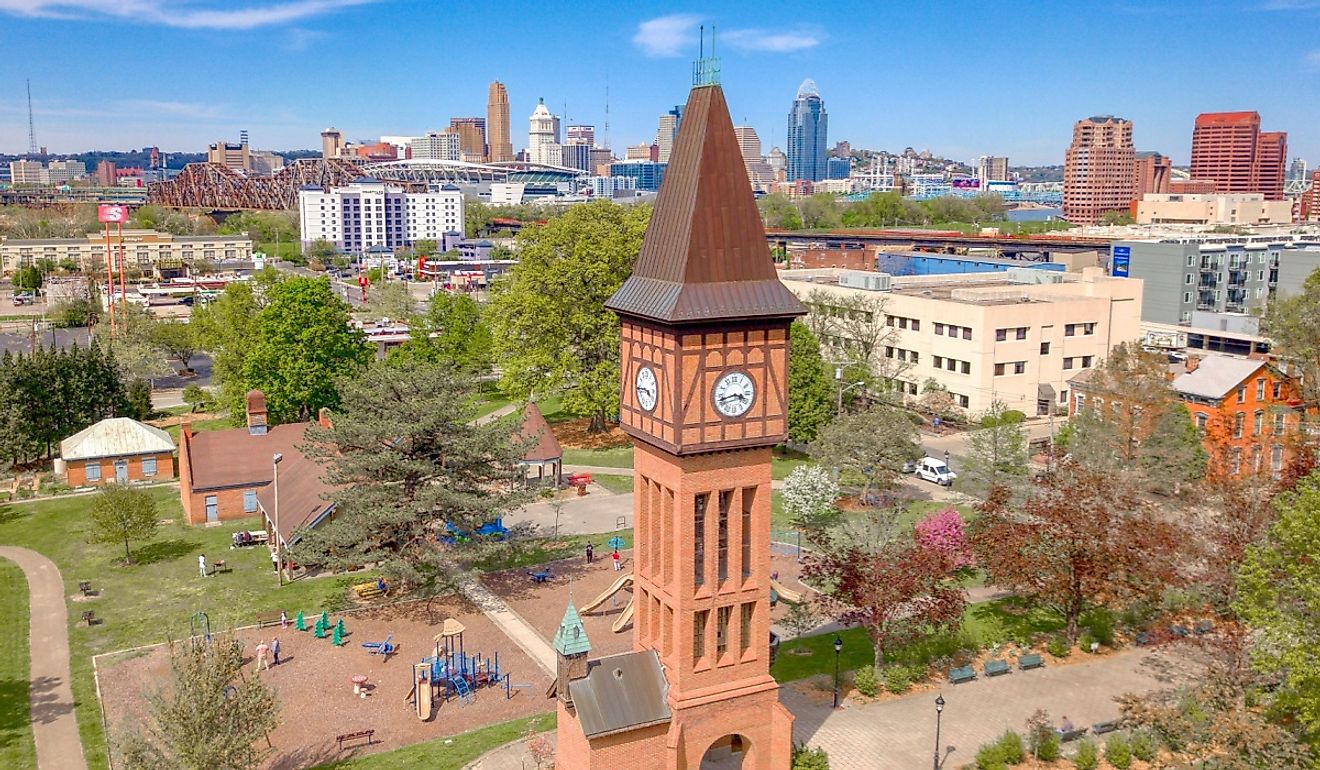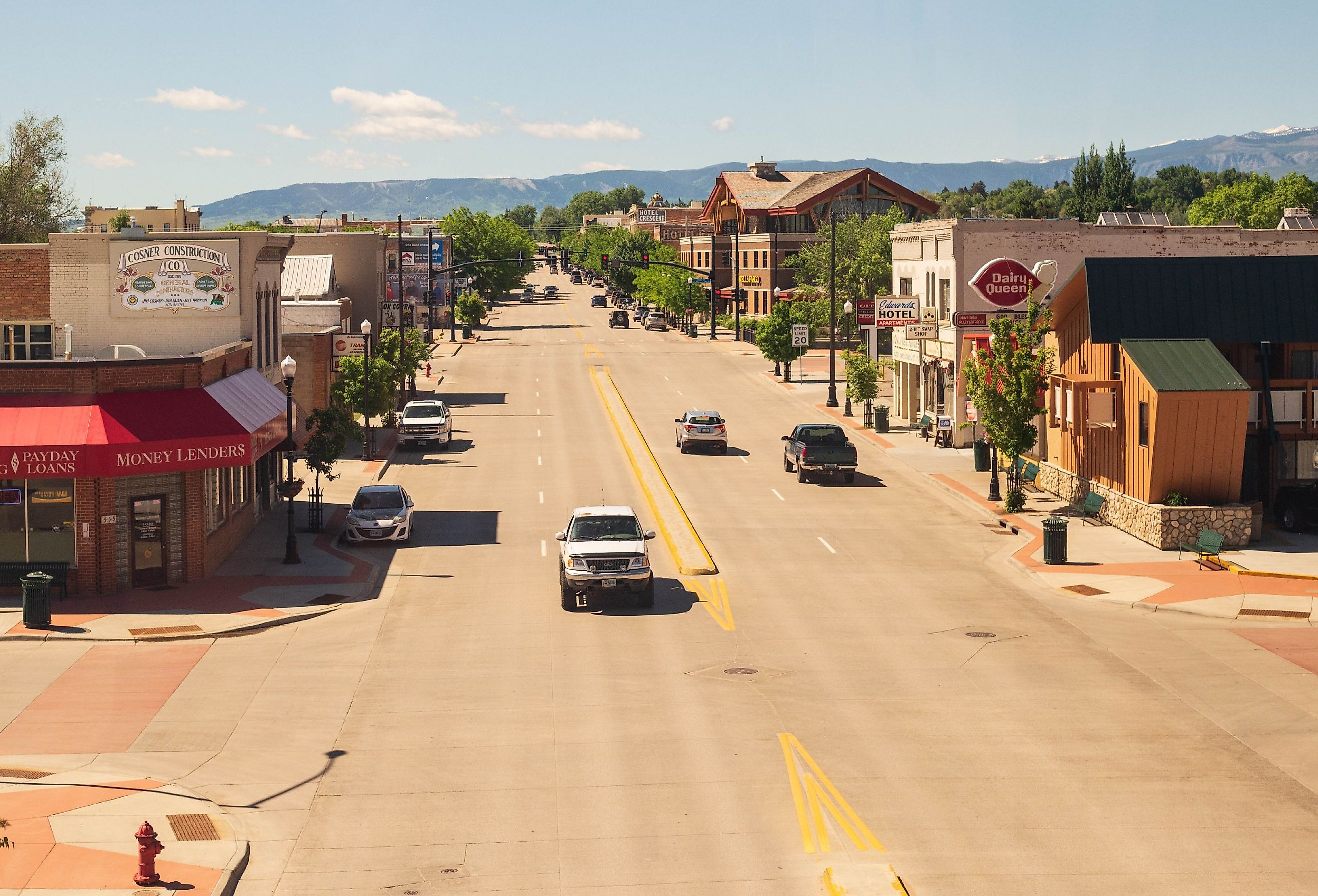
8 Old-World Towns to Visit in Wyoming
While Wyoming may have been one of the last states to join the Union, its history stretches back over 12,000 years, with Indigenous groups leaving behind a treasure of artifacts, culture, and stories that still resonate today. Additionally, during the 19th century, thousands of pioneers flocked to the region in search of new opportunities, shaping the captivating pioneer and Wild West culture that continues to intrigue tourists and historians alike. Although the United States has evolved significantly over the past few centuries, these small Wyoming old-world towns have preserved their rich histories, showcasing the legacies of countless individuals and their stories.
Hulett

Located in northeastern Wyoming, Hulett has a population of just over 300 residents and is most notably known for its proximity to Devils Tower. 1,200 feet tall, Devils Tower is a national monument made of igneous rock, with many Native American tribes over the centuries considering it to be sacred. Also nearby is Vore Buffalo Jump, an important archeological site in the Native American Plains, featuring a naturally occurring sinkhole that Indigenous groups used for centuries, now filled with bones and stone artifacts. Within town, the Hulett Museum showcases the Old Western history of the area, featuring a pistol and rifle collection, photographs, and dinosaur bones.
Powell
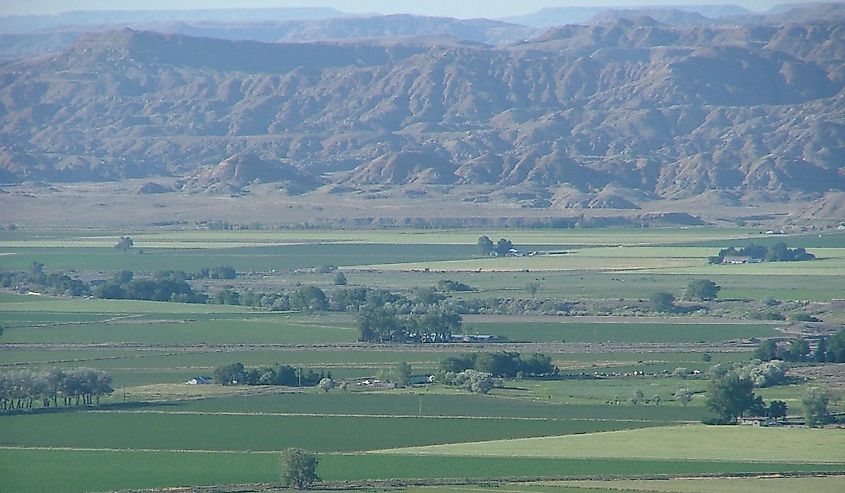
Powell, resting in the Bighorn Basin in northern Wyoming, is surrounded by natural and public lands that are part of the greater Yellowstone ecosystem, making it a great option for outdoor adventures. The town also boasts a historic downtown district, set against the towering backdrop of nearby mountains, perfect for a leisurely afternoon stroll.
Visitors can catch a film at the Vali Twin Cinema, an old-fashioned movie theater with a vintage candy counter and red cloth seats, or watch a drive-through movie at the American Dream Drive-In. Want to imagine what life was like as a pioneer or homesteader? The Homesteader Museum showcases the life of the state’s early homesteaders through historic buildings, oral histories, and artifacts.
Rock Springs

Rock Springs is a town in southwestern Wyoming that is home to about 23,000 residents and is rich in coal mining and Western history. Those wanting to experience some traditional Western culture can enjoy a rodeo at the Sweetwater County Events Complex arena or attend Wyoming’s Big Show, an annual carnival, concert, and livestock event held in the summer each year.
Boar’s Tusk is also a fascinating place to visit, featuring an extinct volcano core, dating back over 2.5 million years. The White Mountain Petroglyphs nearby share a side of Native American history, showing rock art that dates back more than two centuries.
Cody
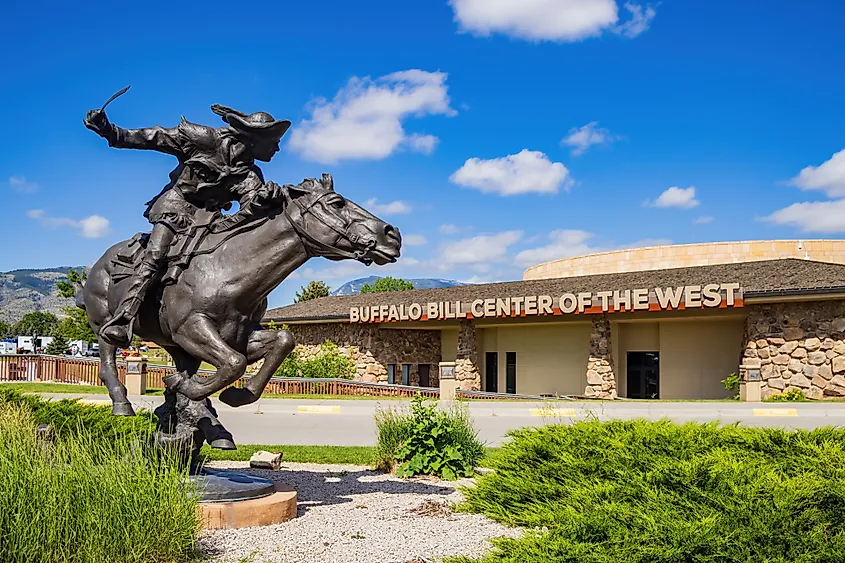
Cody has been popular with nature enthusiasts for decades due to its proximity to natural areas in northern Wyoming, such as Buffalo Bill State Park and Yellowstone. However, it is also known as the Rodeo Capital of the World due to its rich equestrian culture, hosting renowned events such as the Cody Night Rodeo, a rodeo event that lasts all summer long.
For history lovers, the Buffalo Bill Center of the West has five museums for travelers to visit, including the Buffalo Bill Museum, Plains Indian Museum, Cody Firearms Museum, Draper Natural History Museum, and Whitney Western Art Museum. Visitors can also walk through Old Trail Town, which is lined with 1890 frontier-style buildings, and it feels like a true trip through time.
Buffalo
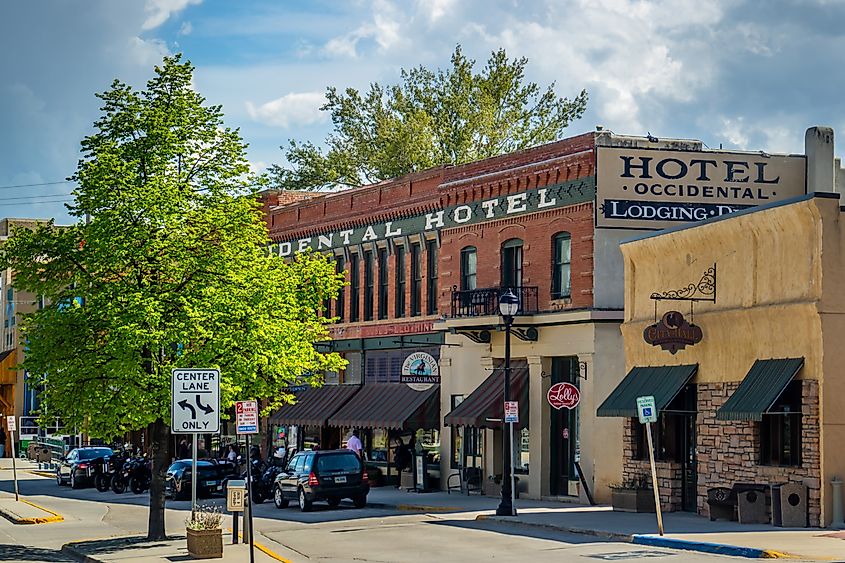
Buffalo has a population of roughly 4,600 and is located in the foothills of Wyoming’s Big Horn Mountains. Its main street has numerous historic buildings, including the Occidental Hotel, founded in 1880. Fort Phil Kearny Historic Site is just an 18-minute drive from town, featuring reconstructed stockade walls and vast fort grounds that preserve the history of the area’s Native American conflict.
The Jim Gatchell Museum is another gateway to the American Old West, showcasing over 15,000 artifacts and structures, including carriages, a family homestead, a Crow Tipi, and a Nate Champion statue.
Laramie
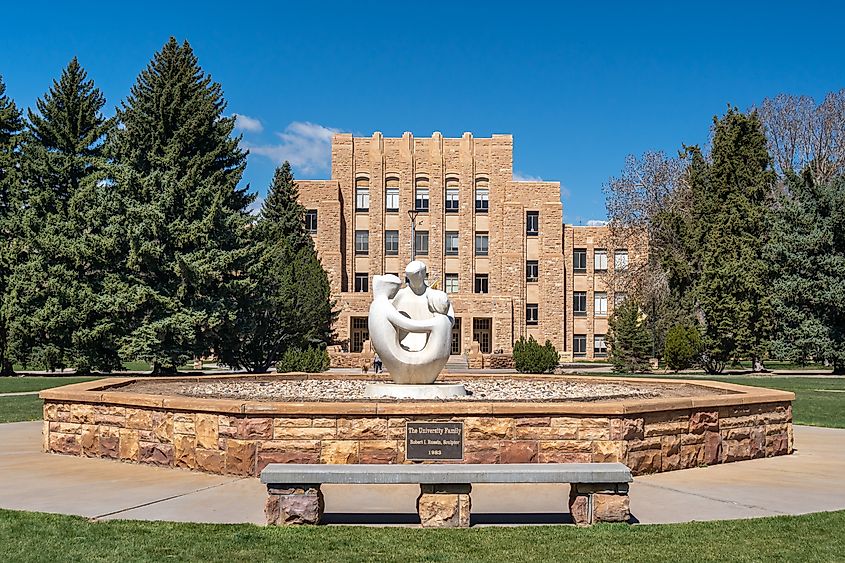
Laramie, in southeastern Wyoming, has a population of roughly 32,000 residents and is only a two-hour drive from Denver, Colorado. Home to the University of Wyoming, it has a vibrant and lively energy, while also having multiple historic sites for history enthusiasts to visit. Laramie’s downtown area is listed on the National Register of Historic Places, originally founded as a stop along the Union Pacific Railroad. Nearby, visitors can tour Fort Sanders, constructed on the Laramie Plains in 1866.
The Wyoming Women's History House narrates the journey of women's suffrage and their advancement in holding political positions within the state. Visitors can also see what life was like for Wyoming’s prisoners in the late 19th century by visiting the Wyoming Territorial Prison State Historic Site, dating back to 1872 and including furnished cells, an infirmary, prisoners’ dining area, and more.
Sheridan
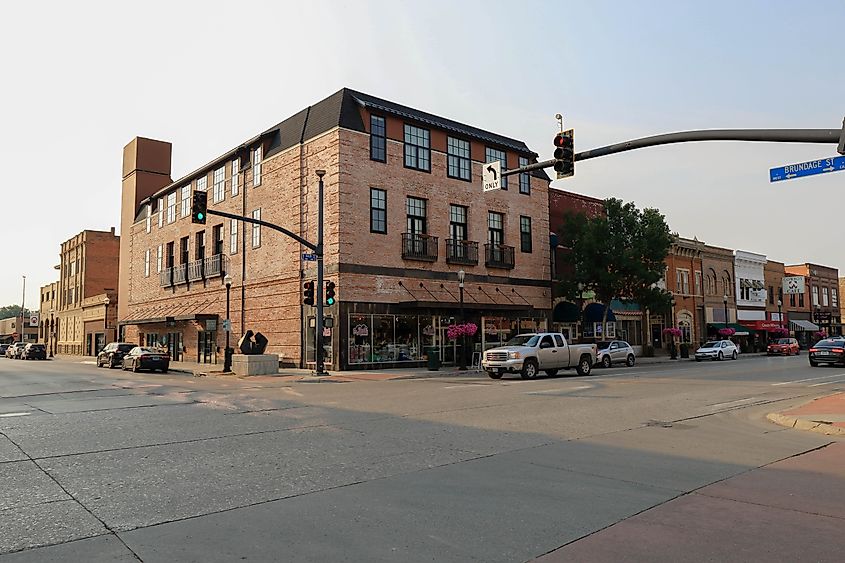
Sheridan is home to around 19,000 residents and is notably known for its location near numerous Indian War Battle Sites in northern Wyoming. Those interested in Native American history can visit Little Bighorn National Monument, the site of one of the country’s most famous battles, Connor Battlefield, an important location in the Powder River Expedition of 1865, alongside Fort Phil Kearny. Visitors can also dive into ranch life by staying at or enjoying traditional activities such as horseback riding and cattle driving at one of the area’s guest ranches, including Canyon Ranch and Eaton’s Ranch.
Thermopolis
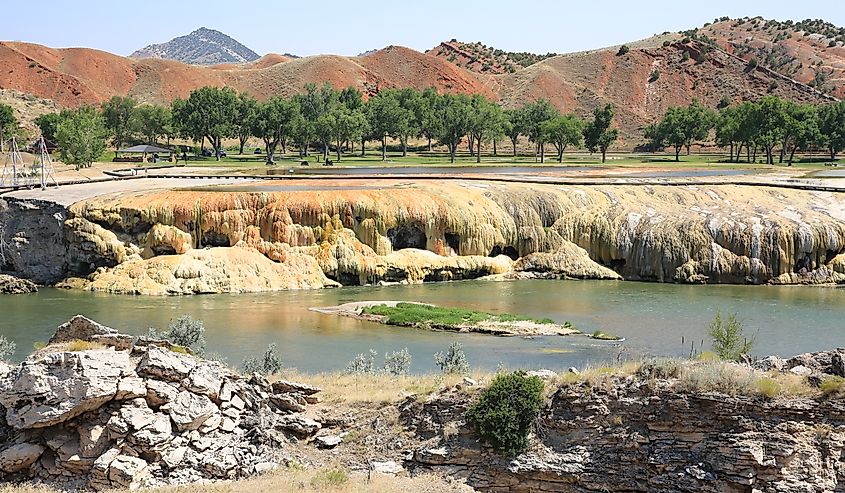
Although Thermopolis is largely popular because of its prime location near hot springs, it also has a rich archeological and geological scene to explore. The Legend Rock Petroglyph Site is a must-visit, featuring 283 petroglyphs on 92 sandstone panels, with archeologists believing the art to date back around 10,000 years.
Visitors can also stop by the Wyoming Dinosaur Center, which displays nearly 20,000 dinosaur bones found in fossil beds in the area. The Wind River Canyon is prehistoric, with geological layers ranging from 300 million years to 2.8 billion years old visible in its tunnels. The best way to appreciate the canyon is by rafting or floating down the river, or by joining a guided fishing tour.
Although Wyoming is the least populous state, it is brimming with artifacts, stories, and traditions. Whether your interests lie in prehistoric Native American cultures, nostalgic drive-in theaters, Wild West weaponry, or the history of women's suffrage in Wyoming, these towns come together to form a captivating portrait of the state’s heritage. If you find yourself eager to step back in time and experience the country’s past firsthand, don’t hesitate to visit one of these old-world towns!
